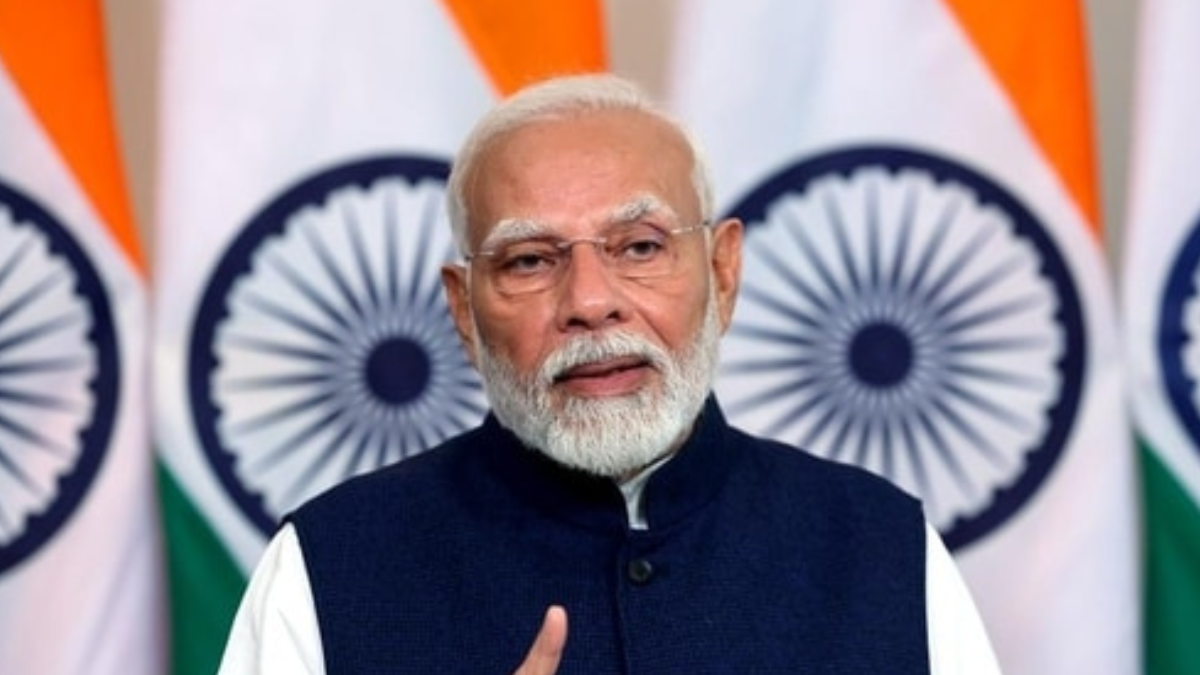
On Thursday, Prime Minister Narendra Modi virtually launched three PARAM Rudra supercomputers, marking a major milestone in India’s National Supercomputing Mission (NSM). The supercomputers, developed indigenously at a cost of ₹130 crore, have been deployed in Pune, Delhi, and Kolkata to support pioneering scientific research across various disciplines.
It was highlighted that the PARAM Rudra systems would strengthen India’s push for self-reliance in high-performance computing (HPC). The Prime Minister’s remarks emphasized the importance of technology and computing capabilities in every sector. It was mentioned that India’s involvement in the global technological revolution should not be limited to small contributions, but instead should be significant in terms of terabytes and petabytes, affirming the nation’s progress in the right direction.
The supercomputers will be utilized by key research centers. The Giant Metre Radio Telescope (GMRT) in Pune will explore astronomical phenomena, including Fast Radio Bursts (FRBs). The Inter-University Accelerator Centre (IUAC) in Delhi will enhance research in material science and atomic physics, while the S N Bose Centre in Kolkata will focus on advanced research in physics, cosmology, and earth sciences.
A post on X from the Prime Minister stated that the PARAM Rudra systems mark a significant step toward self-reliance in computing and innovation in science and technology.
The National Supercomputing Mission, a joint initiative by the Ministry of Electronics and Information Technology (MeitY) and the Department of Science and Technology (DST), aims to establish a network of high-performance computing systems across India.
